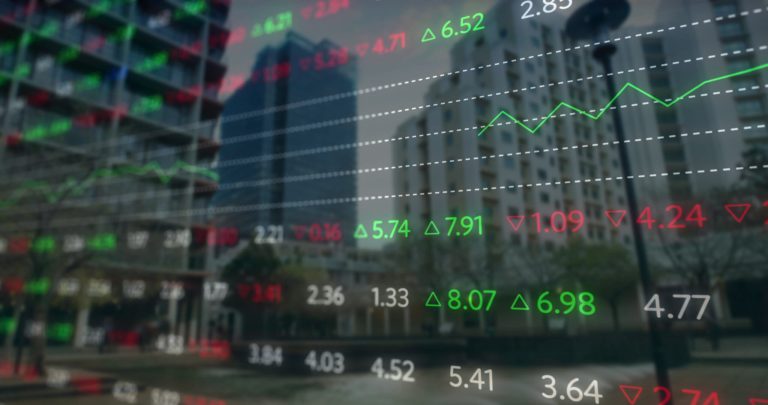Asia-Pacific markets saw strong gains on Thursday, driven by a rally in Japan’s Nikkei 225 and continued momentum in Chinese stocks.
Japan’s Nikkei index surged 2.12%, marking one of its best days in recent weeks, while China’s CSI 300 extended its rally to a seventh consecutive day.
Optimism surrounding economic stimulus from Beijing and positive corporate developments in South Korea propelled markets across the region.
Japan’s markets were among the top performers after the Bank of Japan released minutes from its July meeting, which suggested the central bank is not in a hurry to tighten its monetary policy.
Alongside the Nikkei’s 2.12% rise, the Topix index also climbed 1.65%, further signaling investor confidence in Japan’s economic outlook.
South Korea’s Kospi index made significant gains as well, rising by 1.9%, largely powered by an impressive performance from SK Hynix.
The semiconductor giant’s shares soared over 8% following the announcement that it has begun mass production of the world’s first 12-layer HBM3E chip.
These advanced memory chips are designed for artificial intelligence applications, boosting investor enthusiasm.
The smaller-cap Kosdaq also saw a 1.31% increase, rounding out a robust day for South Korean equities.
Australia’s S&P/ASX 200 edged up by 0.53%, benefiting from the broader positive sentiment across Asia.
Investors in the region appeared to shrug off losses from the US markets overnight.
The Dow Jones Industrial Average fell 0.7% on Wednesday, while the S&P 500 slipped 0.19%.
The Nasdaq Composite was flat but managed a slight gain of 0.04%, showing limited movement despite mixed US economic data.
Mainland China’s CSI 300 index continued its upward trajectory, gaining 0.15% in early trading and hitting its highest level in nearly two months.
Asian markets up reason: stimulus measures by Beijing?
The rally comes on the back of fresh economic stimulus measures announced by Beijing earlier this week.
These measures aim to reinvigorate the struggling economy, with Bloomberg News reporting that China is considering injecting up to 1 trillion yuan ($142.39 billion) into its largest state banks to further boost lending capacity.
Hong Kong’s Hang Seng Index also rose 0.91%, hitting its highest point since May.
The boost in Chinese markets helped lift overall sentiment in the region, with investors reacting positively to the slew of government initiatives aimed at stimulating growth.
Global investors now have their eyes on key economic data from the United States, with several Federal Reserve policymakers scheduled to deliver speeches later in the day.
Their remarks could offer additional insights into the US interest rate trajectory.
The core personal consumption expenditures (PCE) price index, a critical measure of inflation closely watched by the Fed, is due for release on Friday, and its results may influence future rate decisions.
Jeff Ng, head of Asia macro strategy at SMBC, told Reuters that while he doesn’t expect an extreme reaction to the PCE data, it could still shape expectations for the Federal Reserve’s next move.
Markets currently predict a 62% chance of a 50-basis-point rate cut at the Fed’s November meeting, with the possibility of further easing by the year’s end.
In the currency markets, the US dollar regained strength on Thursday after weakening earlier in the week.
The dollar’s fluctuation came as China’s recent stimulus measures fueled a risk-on sentiment, boosting demand for China-linked currencies such as the Australian and New Zealand dollars.
As markets digest the latest developments, investor focus remains on the interplay between economic stimulus in Asia and evolving monetary policies in the U.S., both of which are expected to shape market dynamics in the months ahead.
The post Asian Markets surge as Japan’s Nikkei and China’s CSI 300 lead the rally appeared first on Invezz

